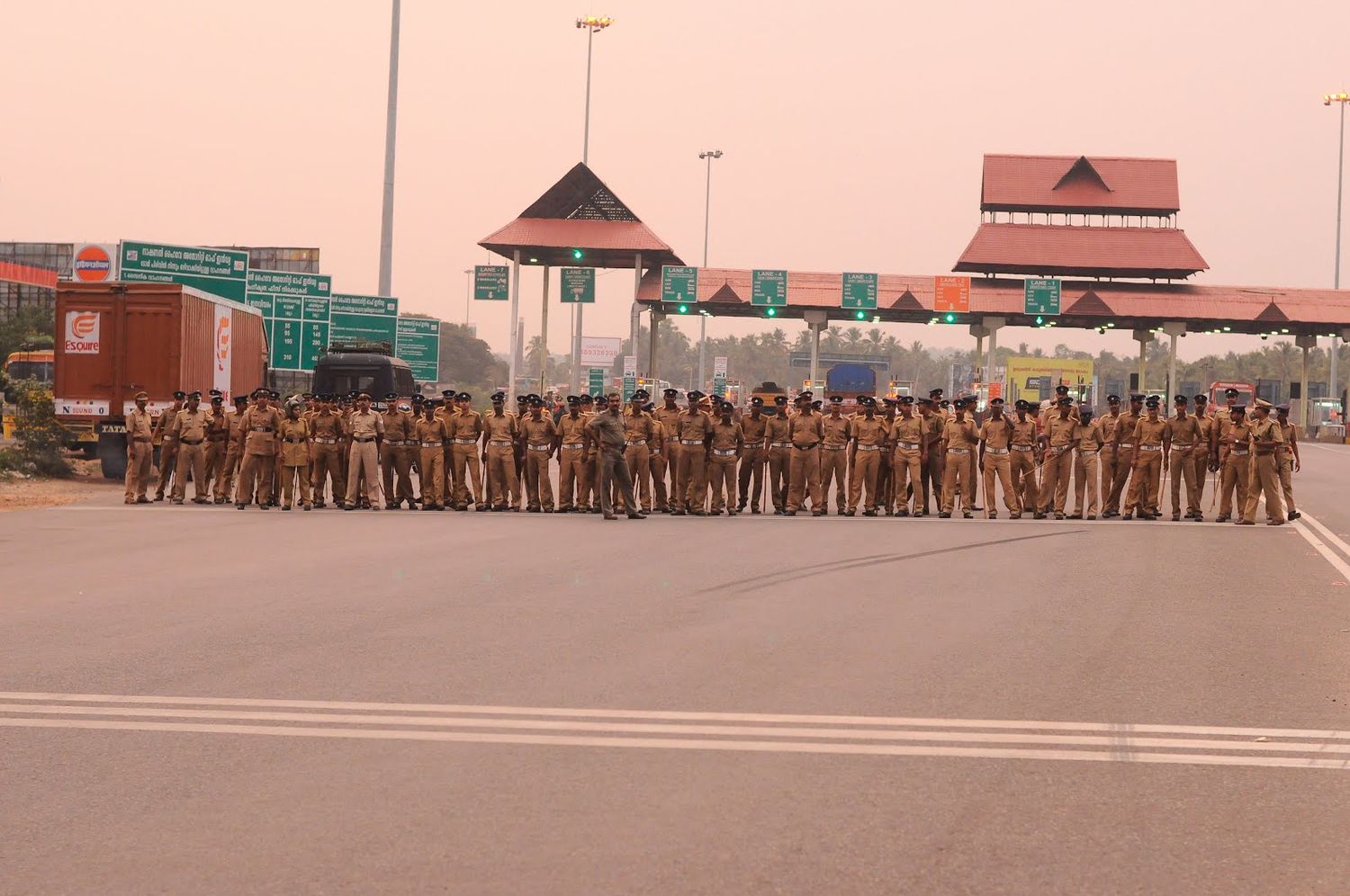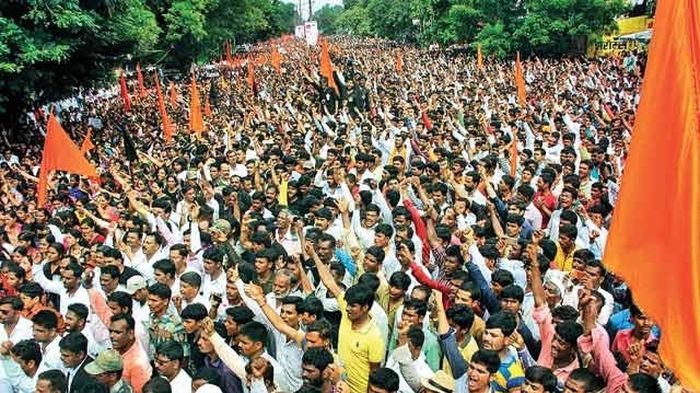Content Note: This article contains detailed descriptions of police brutality.
Although it is a problem largely ignored by the UK media, it is no secret that police brutality and torture frequently occur in India, with law enforcement almost never facing consequences for such actions, in a clear and consistent violation of human rights. In the rare occasion that the police are held accountable through the judiciary, the practical effect is next to nothing. In 2006, a Supreme Court’s historic judgment ordered directives to instigate major police reforms, which, according to the Commonwealth HR initiative, the governments ‘blatantly rejected or ignored;’ there is not one out of the twenty-eight Indian states which fully complied with this order.
The case of Jeyaraj and Bennicks in Tamil Nadu that sparked national outcry recently is just one example of this. On the 19th of June, a father and son had allegedly kept their mobile shop open beyond 8PM, violating state imposed restrictions put in place to combat the spread of COVID-19. They were dragged to Sathankulam police station and as revealed in a post mortem report, were stripped naked and tortured. Section 49 of the Indian Criminal Procedure Code specifically states that only ‘necessary restraint’ to prevent escape can be used. At face value, it seems that there is a distressing contrast between the monstrous actions of law enforcement officials and law. Yet, delving deeper into the analysis of the statutory wording, the shocking vagueness of the word ‘necessary’ implies that police officers have digression to decide what is deemed ‘necessary’ or not; surely this can easily give rise to gross human rights violations as seen in the case of Jeyaraj and Bennicks? Even further, when is it ever acceptable to use force against civilians at all? It doesn’t stop there. Lawyers waiting outside the station were refused entry, despite hearing the cries of the two men for three hours. Eyewitnesses who managed to peek inside said they saw one of them lying naked on the floor surrounded with a pool of blood. The simple fact that the police volunteers themselves were helpless, who you would otherwise assume to be on alert and wanting to take action, demonstrates the worrying amount of power police officers clearly have - poor civilians are powerless and unprotected behind police station doors.
"To promote practical change within the system, much more far reaching intervention than law reform is needed."
According to one news report, after Jeyaraj and Bennicks were taken to hospital, the police pressured the doctor to provide a medical certificate to suggest they were in fit health, which clearly they were not, in an attempt to conceal what had happened to them at the police station at the hands of law enforcement. What's worse is that this same certificate was presented to a magistrate, who approved further continued prison detention of the two men. Whilst this was happening, the accused were supposedly outside his office with officers. Why and how did the magistrate not choose to examine them in person, either by speaking or talking to them? Surely this would have very easily shown they were not in a fit medical condition? It’s actually terrifying that the way that the whole system provides excessive and wide discretion to individuals in authority, makes it an extremely vulnerable one, easy to abuse. By June 22nd, due to their medical conditions they were taken to the emergency section of the hospital and there they died a day apart from each other.
Such brutality from law enforcement is institutional in India: Jeyaraj and Bennicks are unfortunately amongst many to fall victim to police violence. Article 21 of the Indian constitution states “No person shall be deprived of his life or personal liberty except according to a procedure established by law.” For those who advocate that police using excessive force is necessary to maintain order and prevent anarchy, you might question: How, in any shape or form can such brutality be ‘proportionate’ in reprimanding the so-called ‘crime’ of keeping a shop open past a permitted hour?
The fact remains that this case is only one example of how torture and beating up suspects to extract confessions are inherent in the corrupt policing methods in India. The government has continued to fail in implementing accountability mechanisms for such gross abuses of power. A report by a consortium of NGOs against custodial torture stated that 1731 people died in custody in 2019 alone. This amounts to five custodial deaths per day. Not only are there many numbers that go unreported, however the actual cause of death in the majority of cases are registered as sucide or deaths from extreme medical conditions. For example in 2015, according to the National Crime Records Bureau, out of an appallingly low 97 custodial deaths across the country, 53 of these were attributed to suicide, prior illnesses and natural reasons - undoubtedly an extreme underestimation of the deaths from torture.
To promote practical change within the system, much more far reaching intervention than law reform is needed. This includes the important role of the public. Many questioned at first why there was little outrage over the deaths of Jeyaraj and Bennicks when many Indians were very vocal on social media platforms about the macabre killing of George Floyd by a white US police officer. Whilst the respective contexts surrounding George Floyd’s murder to the Jeyaraj and Bennicks case are different: the case of Jeyaraj and Bennicks’ does not have the backdrop of anti-Black violence that is inherent to the US police force for instance; the role of social media in fuelling outrage and protest is a relevant one. Only in the few instances where Indian police violence is filmed and circulated there is temporary furious discussion on various social media platforms.
After public outrage following the mere transfer of the officers, they were suspended. The court ordered local officials in charge of the Sathankulam police station to preserve evidence and when they were uncooperative - 27 officers were transferred. Further protests were instigated for the policemen involved to be charged with murder and it was this that promoted a local court to launch its own investigation into the Jeyaraj and Bennicks’ case which has been handed to federal investigators. Since then, the five policemen involved have been arrested and the court has announced that there are grounds for murder charges.
"... has police violence been somewhat normalised?"
More food for thought is to question why, in a country with a long history of custodial deaths, has there not been a mass movement yet? Why have previous instances of vicious police brutality received such different reactions in India? One reason might be because like many, the case of Jeyaraj and Bennicks took place in a smaller city and therefore there was a significant delay in gaining national media attention. Jeyaraj and Bennicks died on June 22nd and 23rd but this was not reported till a few days later. Another might be because of how common the acts of police violence occur - does the type of torture that the two men went through have to be so gruesome to gain national media attention and finally provoke mass action? All this makes us reflect on whether this will this be analogous to Nirbhaya, who became a symbol of resistance against India’s rape culture following a sickening and ultra dehumanising gang rape in 2015.
Even more disturbingly, has police violence been somewhat normalised? In popular culture, Indian films continuously display policemen torturing suspects in custody - it seems to glorify police brutality. As well as this, the astounding wealth disparity in India further means that middle class citizens rarely face hostile policemen and those from lower socio economic backgrounds usually face the brunt of such violence. The middle class aren’t as spurned to come out a protest - and those experiencing the violence are afraid of further cruelty. And of course, the backdrop of COVID-19 means that the police are resorting to excessive violence with the excuse of their victims violating state imposed restrictions.
So when will there be true justice for Jeyaraj and Bennicks’ families and all those who have died in police custody? For now, all we can say is that there is hope. The murder of George Floyd has been the catalyst for exposing injustices and renewing conversations about systemic and disproportionate violence - not just in the US, but globally.
The only way such a systemic problem could change is by a joint and forceful change in public opinion. Rally around the cause, raise your voice against such injustices, step up the pressure and demand action to be taken against abusive police officers.


